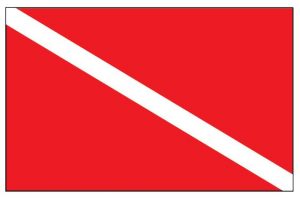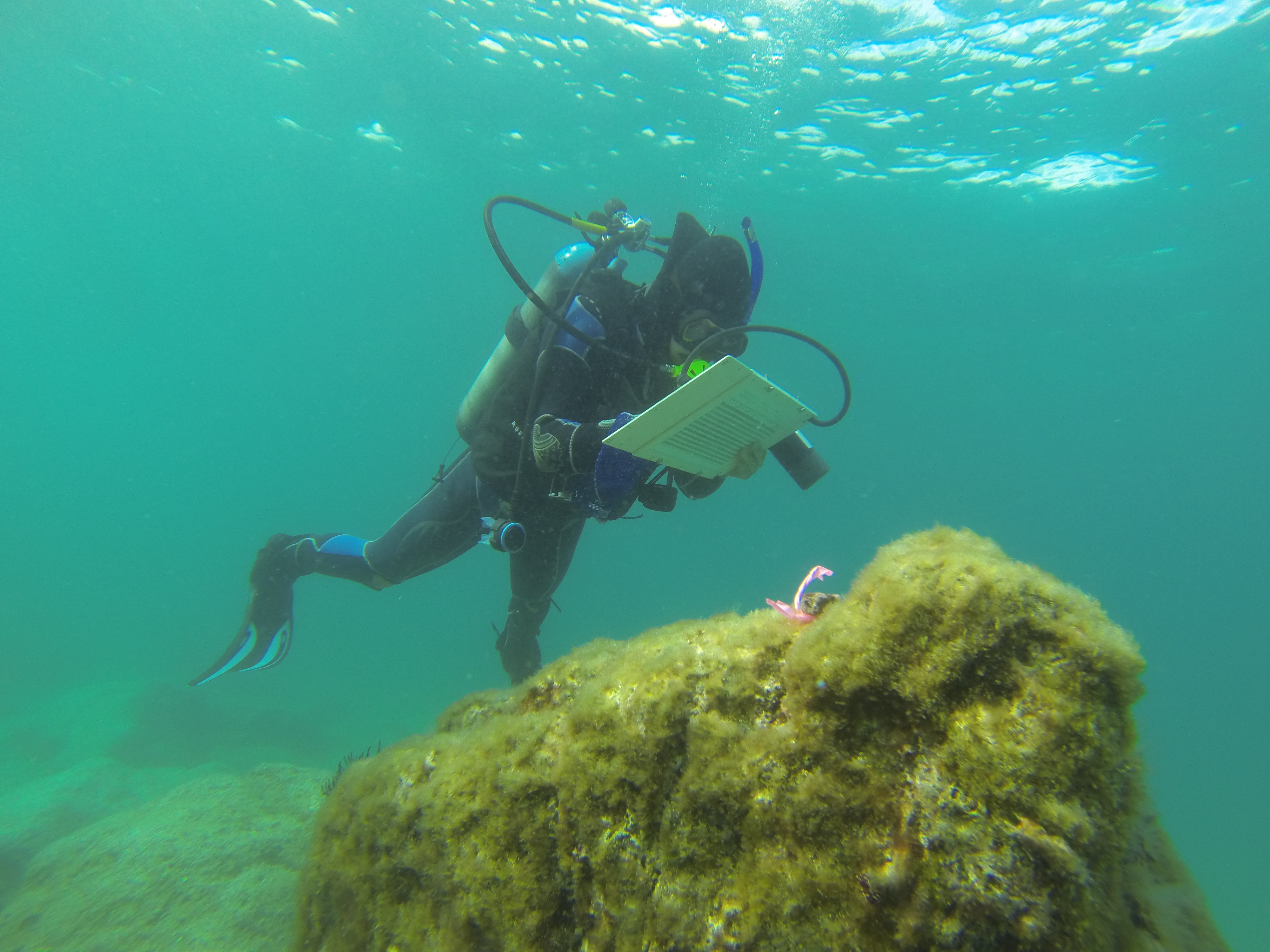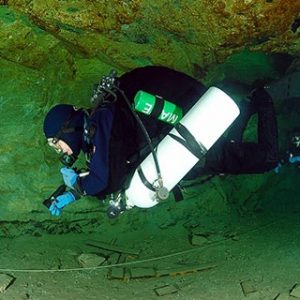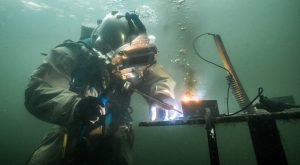Imagine you are a scientist about to begin researching the density of a type of Redwood, Sequoia sempervirens. Let’s pretend you have already spent hours and hours doing the background research necessary and now you are tasked with collecting the data. You create a list of all the tools you’ll need; meter tape, data sheets, flagging tape etc, and now you’re ready to go into the field to sample. A quick drive up to northern California will put you right in the middle of the Redwood forest where you can easily collect your data. Now picture that your next project is to collect the density of blue rockfish, Sebastes mystinus. It sounds pretty similar to your previous study but with an added challenge; your site is underwater. This added challenge will require a completely different method to collect your data. You’ll need to actually see these rockfish in order to count them, but how?

Scientists use a variety of different methods to collect underwater data. Submarines for instance, allow people to venture to extreme depths to see what’s going on. Blue rockfish are shallow water creatures however, so using a submarine would not be the most effective sampling method. ROV’s, (remotely operated vehicles) send down cameras to depict what is occurring underwater without requiring people to be inside, like a submarine. Some can even collect samples. Would this be a good method to use? ROV’s can be expensive and despite being technological advances they can’t replace all of the things a person can do.
Snorkeling surveys can be used to collect shallow water data. The limitations to this type of surveying are how long you can hold your breath and how deep you can dive. Rockfish like to live near kelp forests and are usually high in abundance, so estimating their density requires thorough counting at deeper depths. Unless you can hold your breath for quite some time, snorkeling isn’t the best method for your data collection either. If you could stay down longer without breathing being a limitation, you would have the time to find the schools of rockfish and count them without having to come up for air. This is where scuba diving saves the day.

You may be familiar of what scuba diving is, but did you know that there are many different types of diving? The most common type is recreational diving. This includes that luxurious trip to Belize that your friends went on and dove with Hammerhead sharks. Recreational diving involves any kind of diving in which the sole purpose is just to have fun.

Another type includes technical diving which exceeds the conventional limits, such as bottom time or depth, of recreational diving. Technical dives involve exploring underwater shipwrecks, caves, ice, deep depths, and are for advance divers and explorers.

Ever wonder what happens when a pier needs foundation repair? This line of work would require a commercial diver. Commercial diving is utilitarian diving that includes exciting tasks such as underwater welding or construction. The last main type of scuba is scientific diving. This type of diving is used as a necessary part of a scientific, research, or educational activity whose sole purpose for diving is to perform scientific research tasks. Counting blue rockfish falls perfectly into this category of diving.

Who are these scientific divers? Organizations affiliated with scientific diving include the American Academy of Underwater Science (AAUS), National Oceanic and Atmospheric Administration (NOAA), Reefcheck, Partnership of Interdisciplinary Studies of Coastal Oceans (PISCO) and any academic facility that requires underwater research.

There is a fair amount of overlap in the equipment used by terrestrial scientists and scientific divers. Both can use meter tapes and quadrats for sampling but instead of clipboards, divers use slates with waterproof datasheets. Transponders can function as a GPS to pinpoint underwater locations. Ziplock bags can be used instead of backpacks to carry samples. One example of scientific diving includes recording all the fish species and their sizes, or every invertebrate found along a 30 meter transect tape. It could also be following an individual fish around for 15 minutes and recording its behavior. As long as the overall purpose of the dive is to collect research, it can be considered scientific diving. This method would be the perfect way for you to collect your blue rockfish density data.

